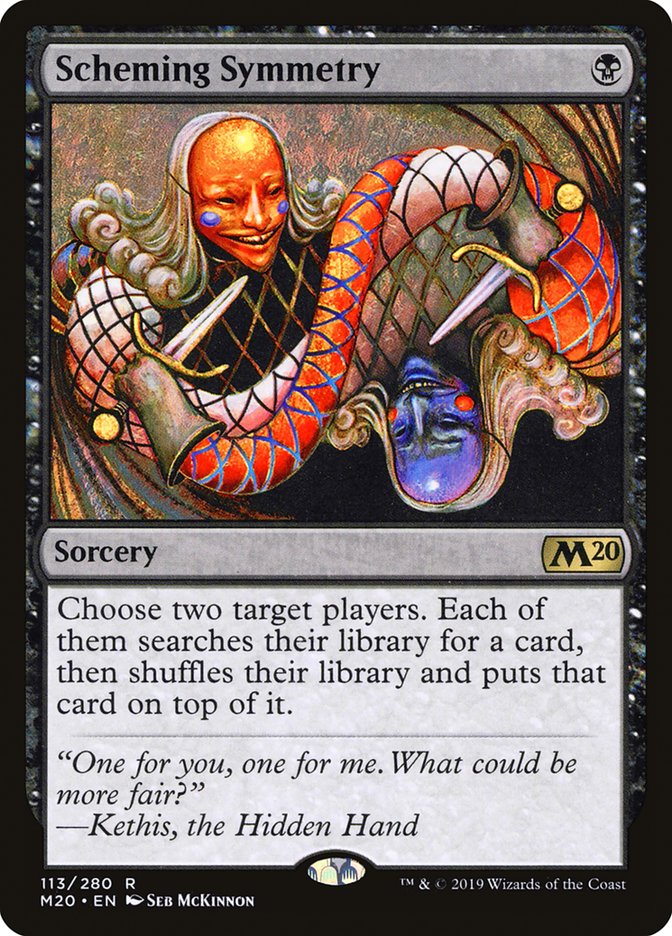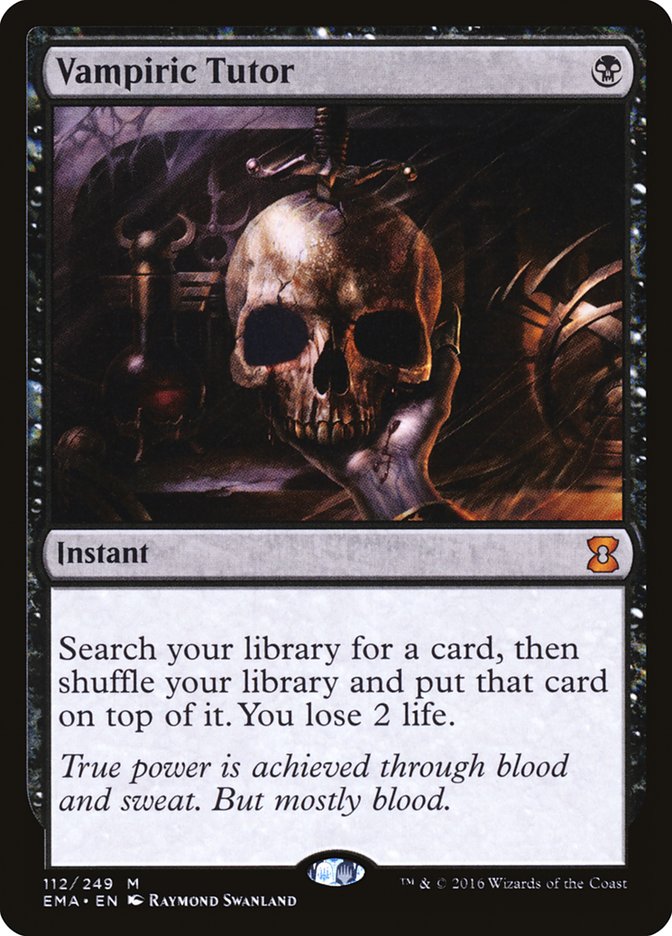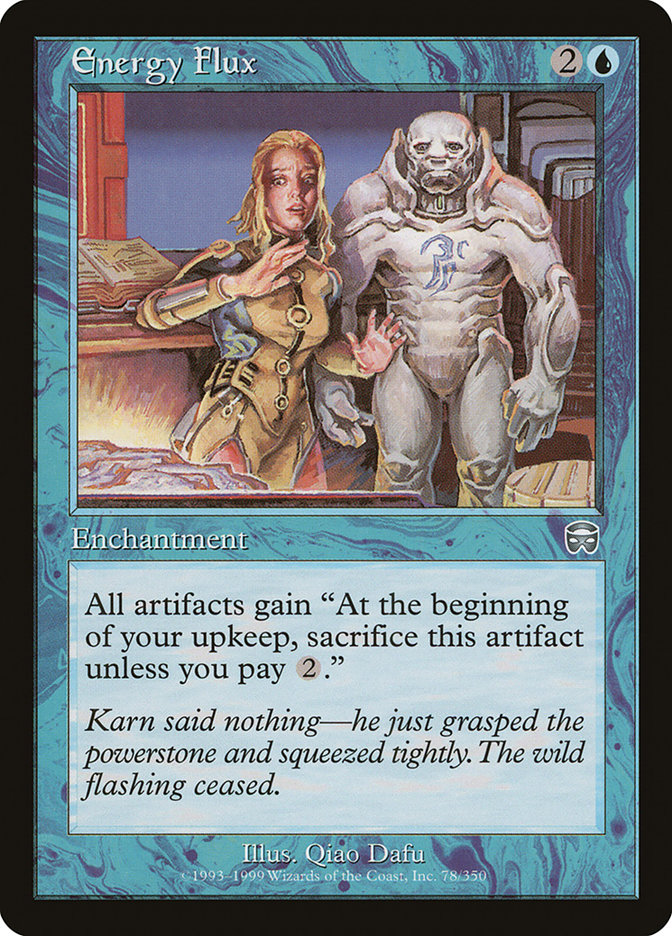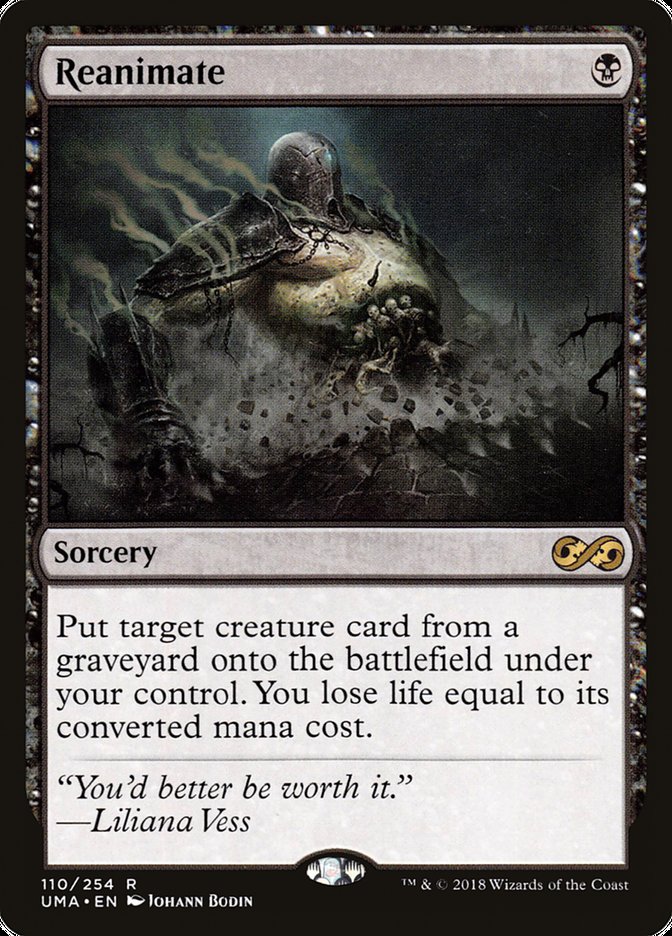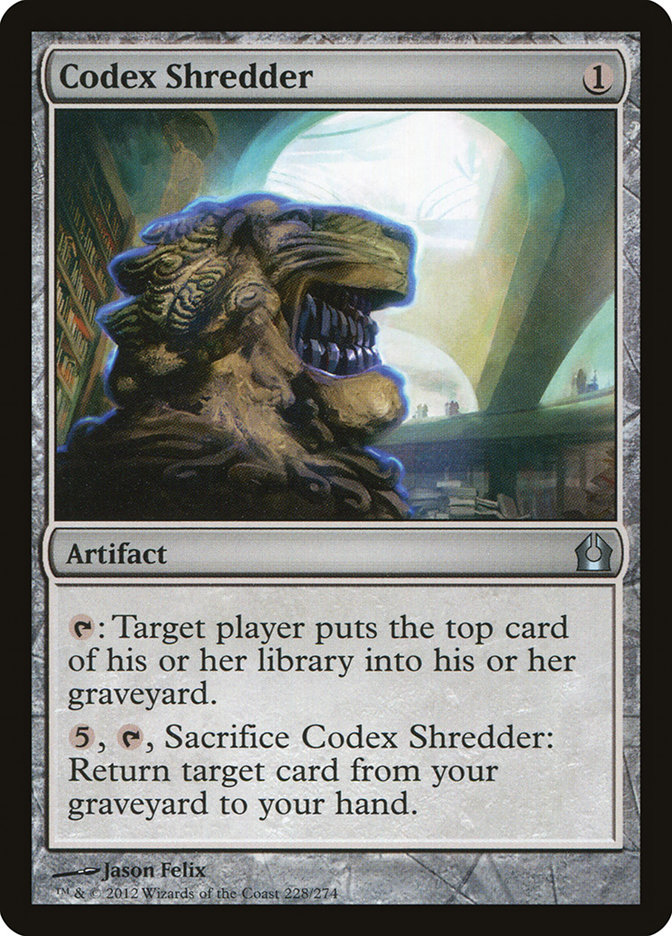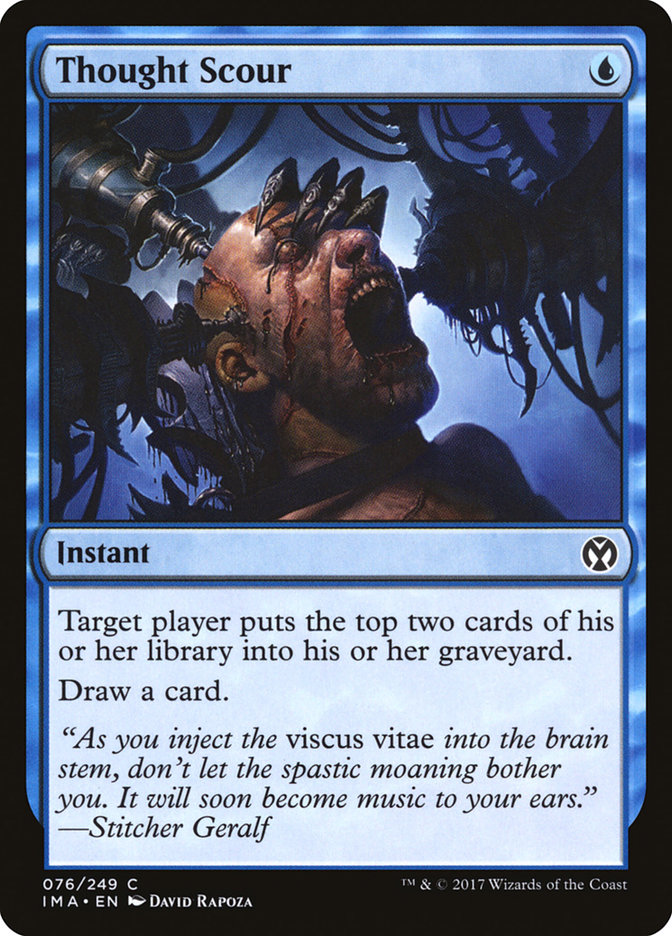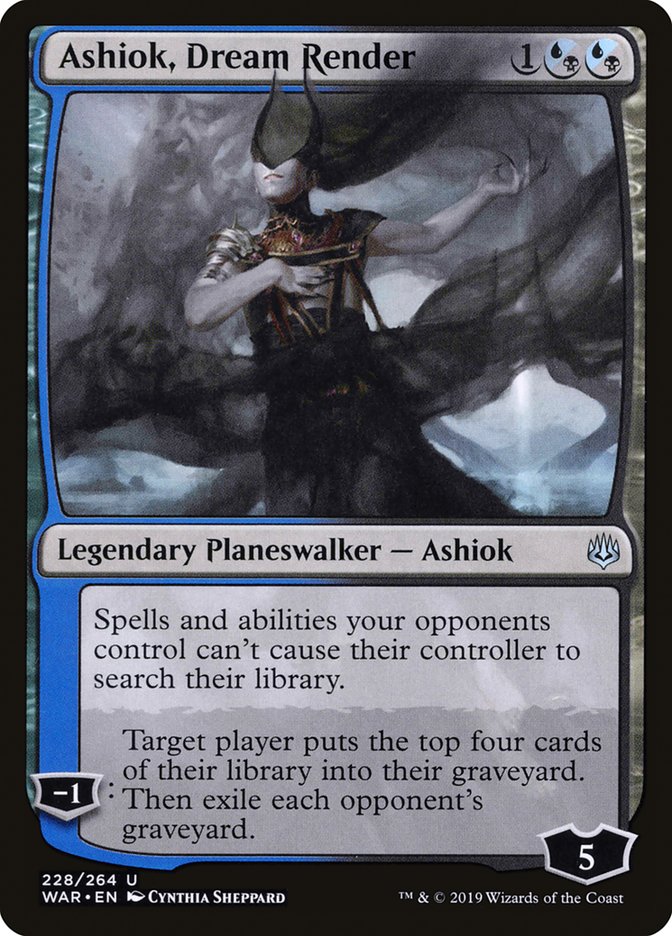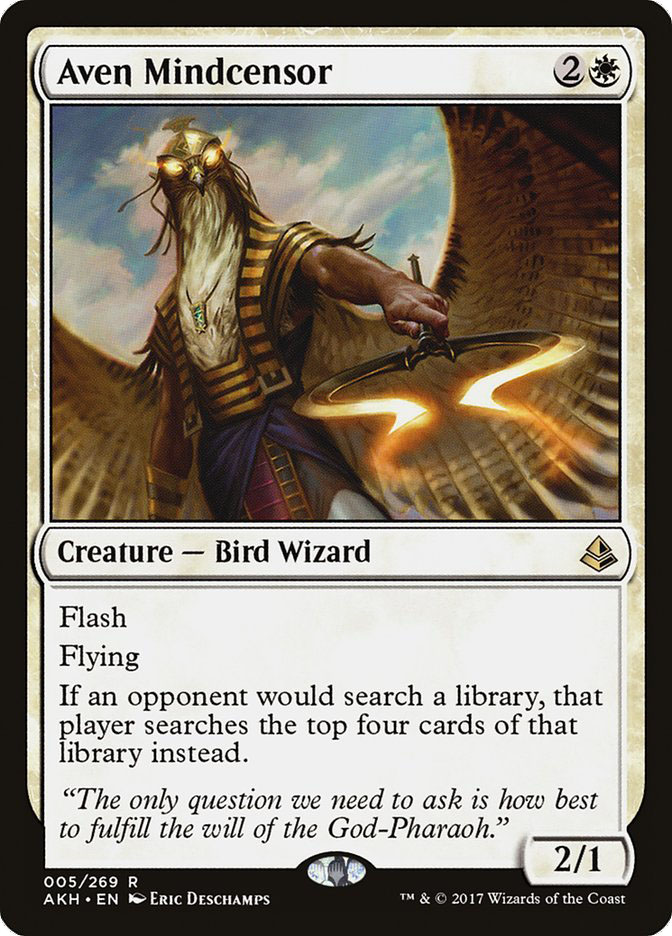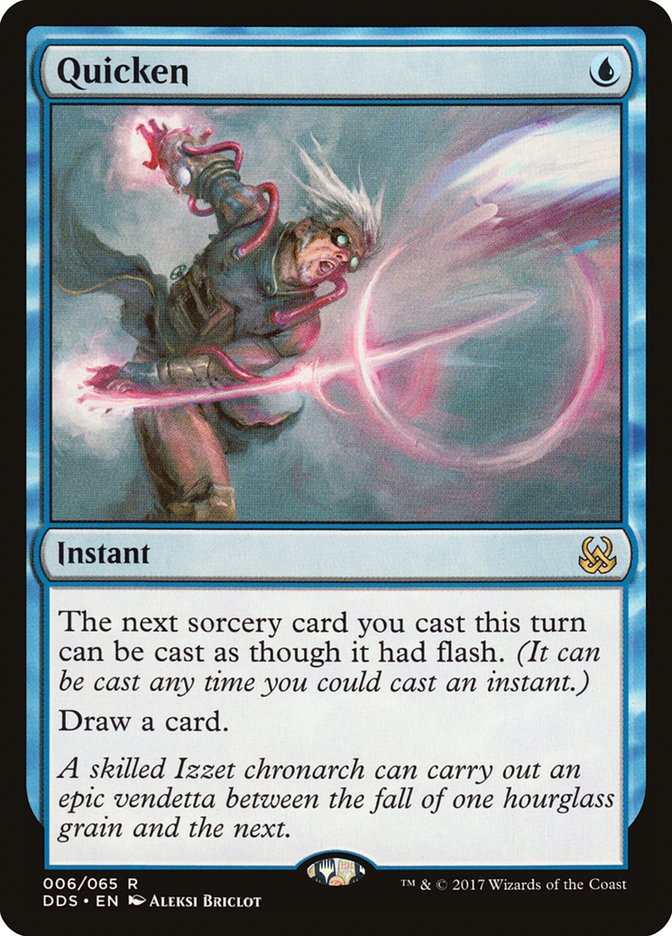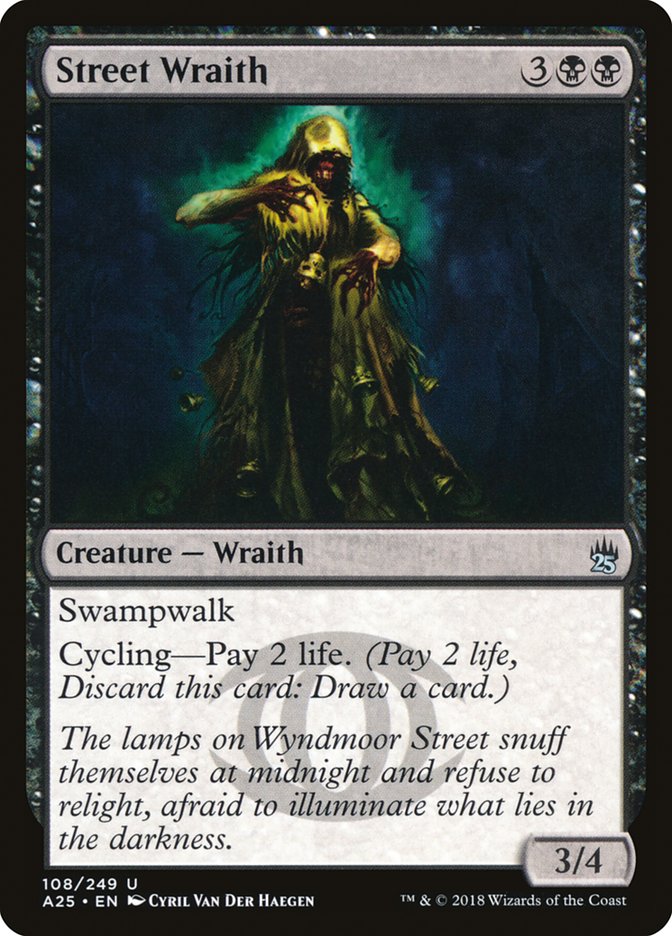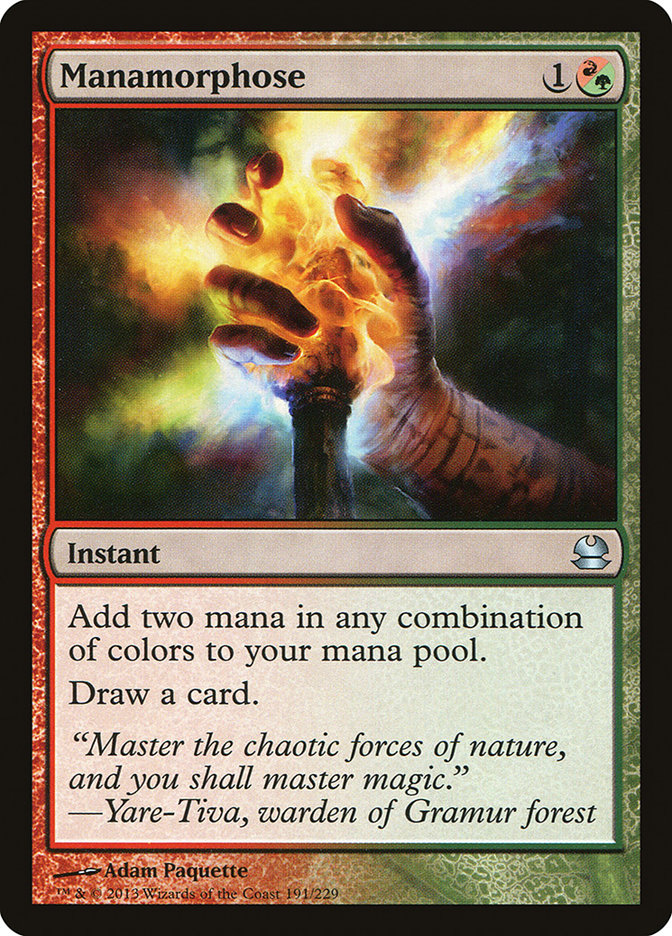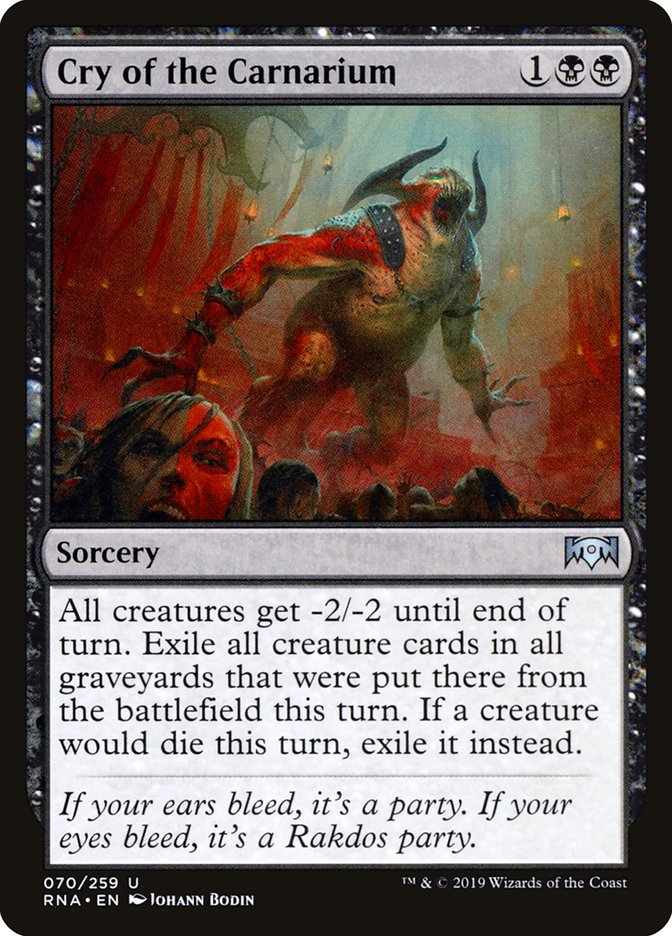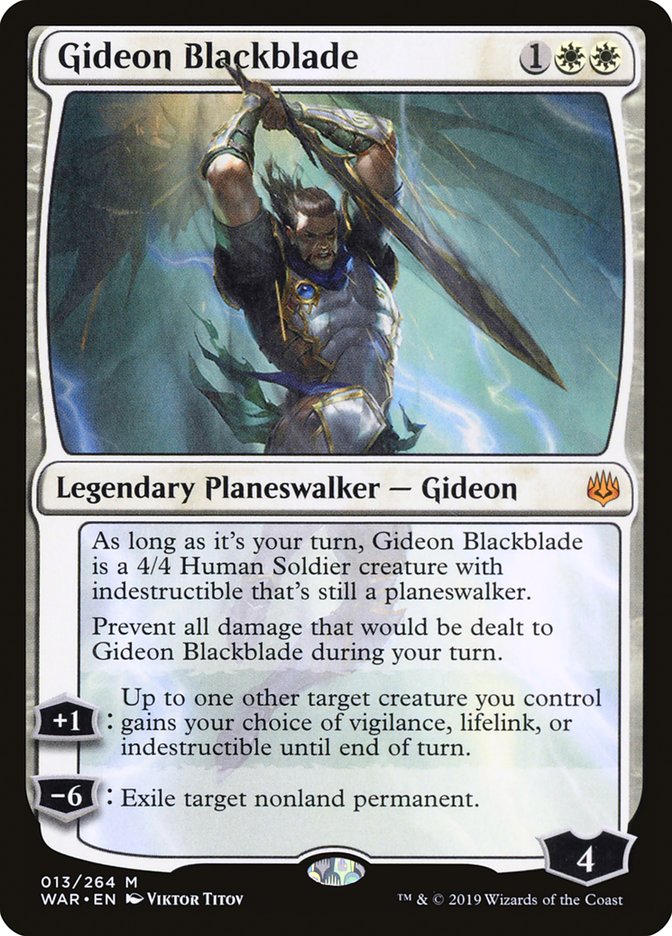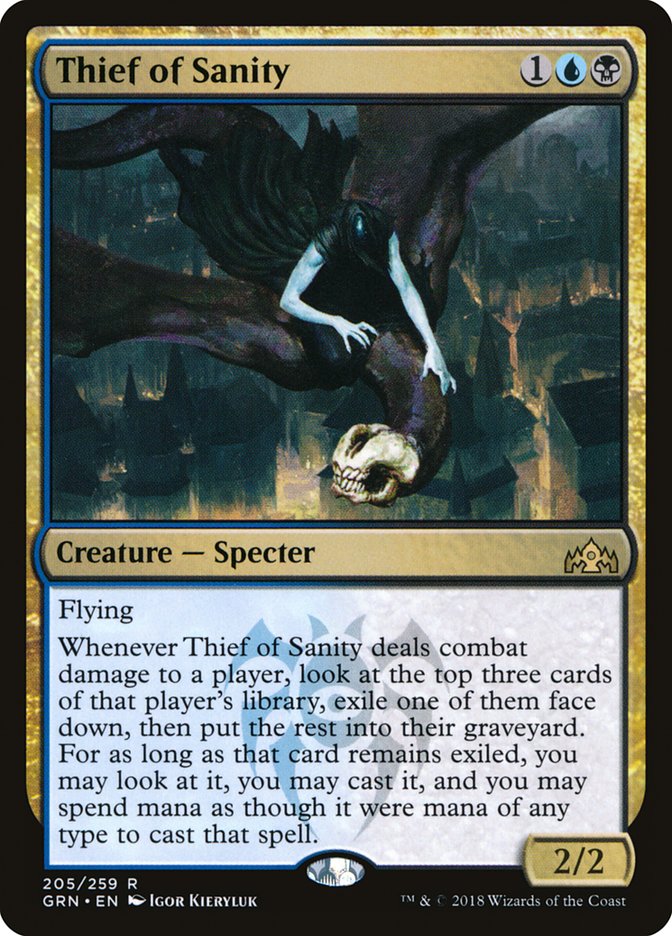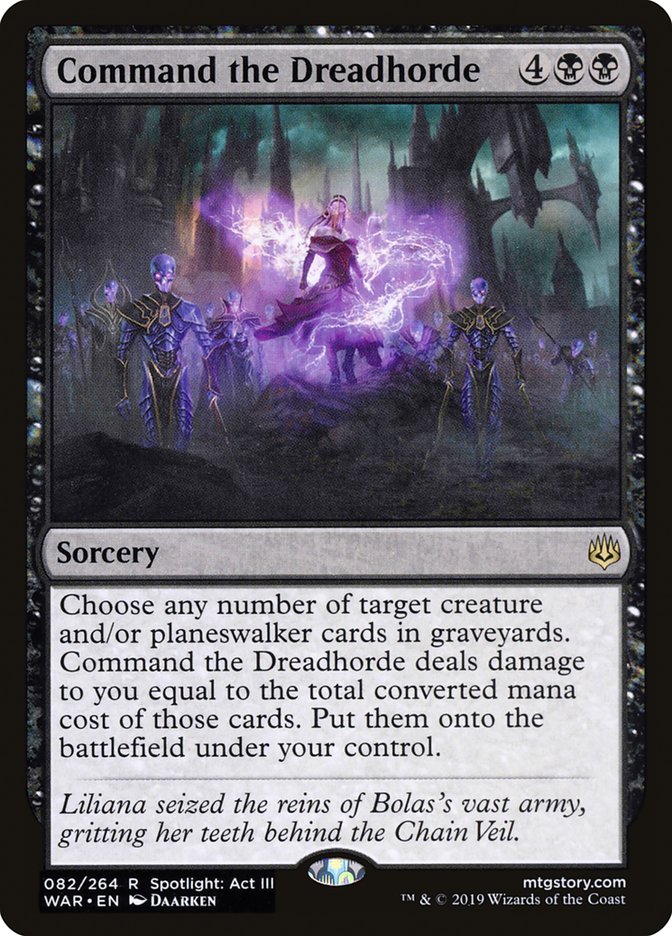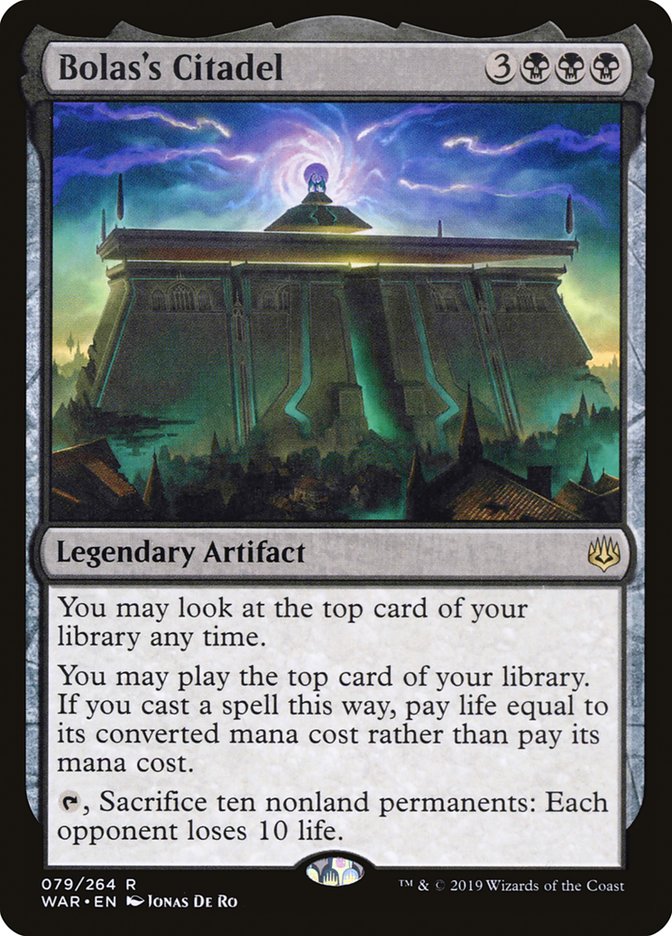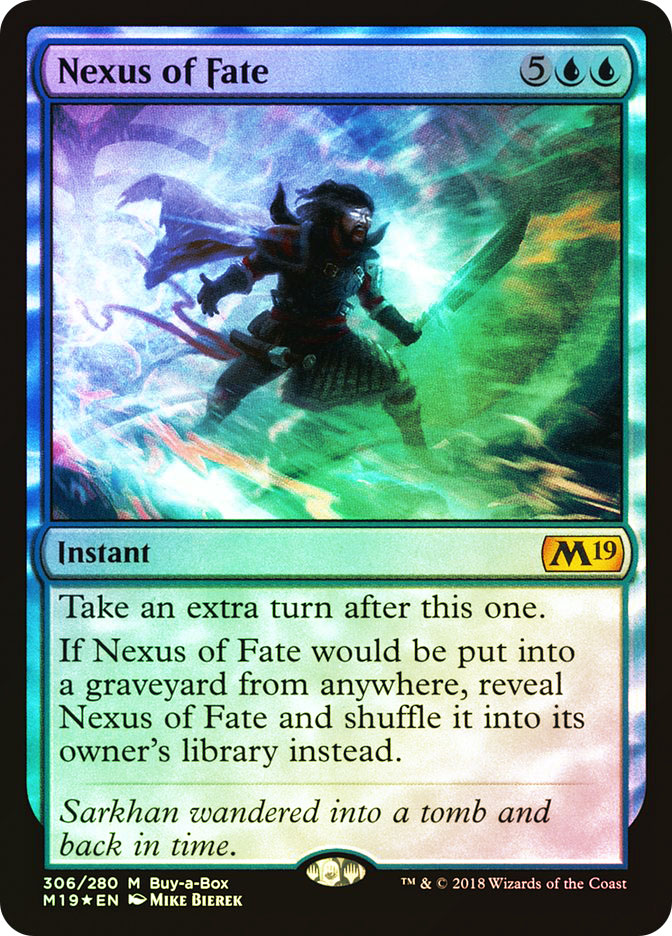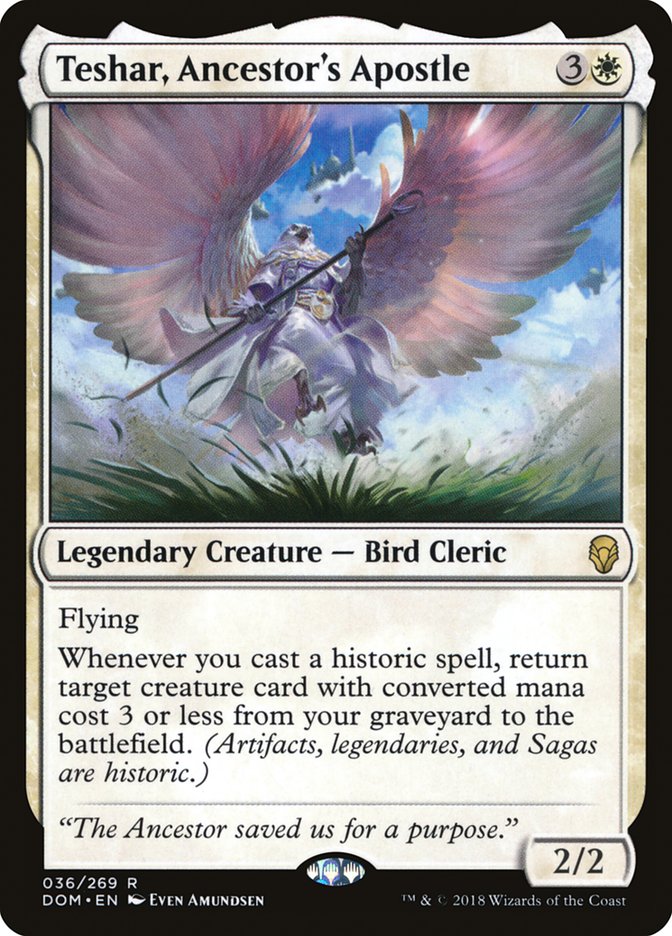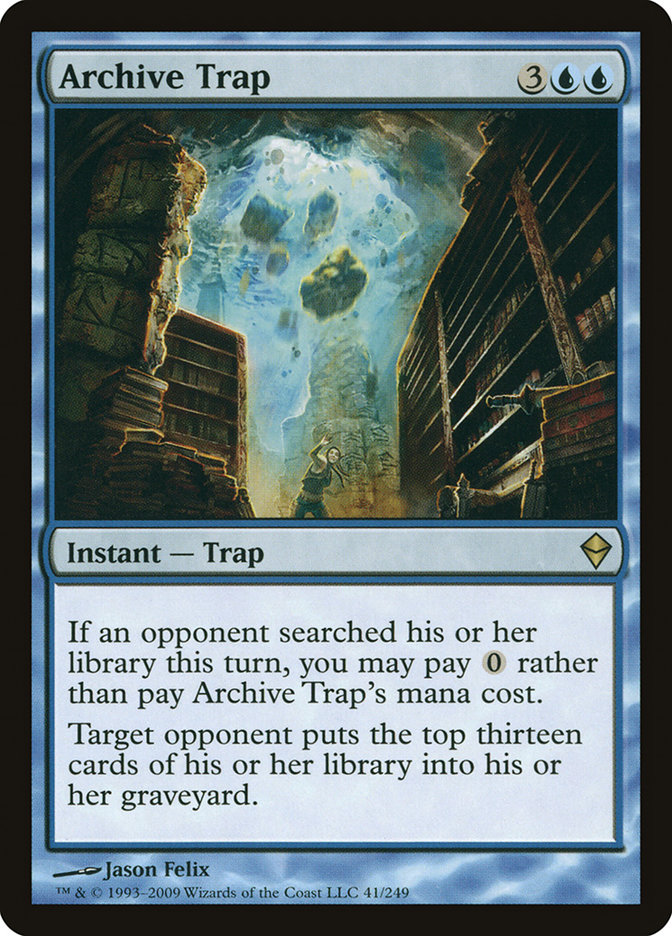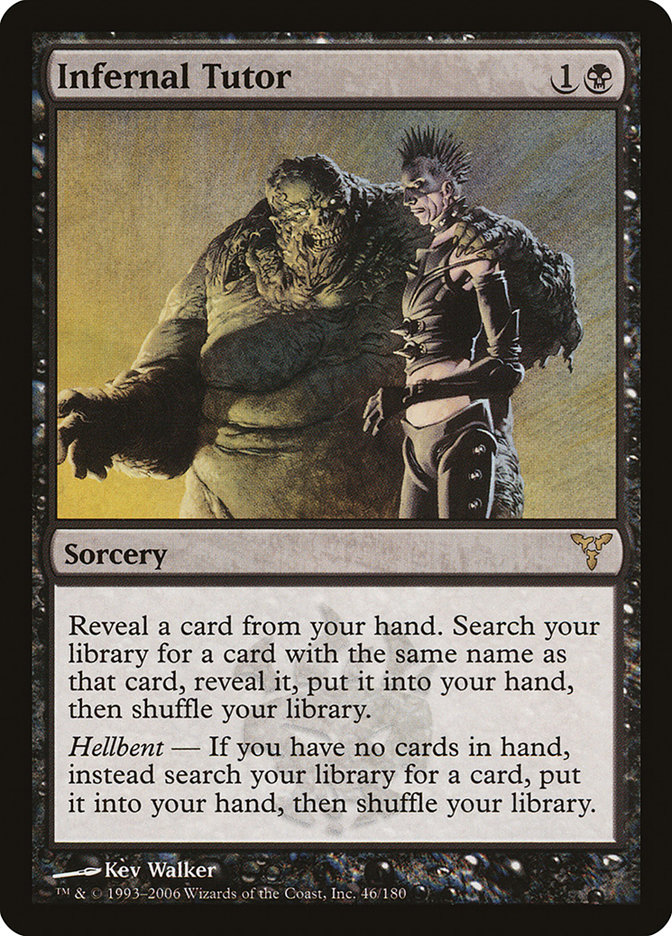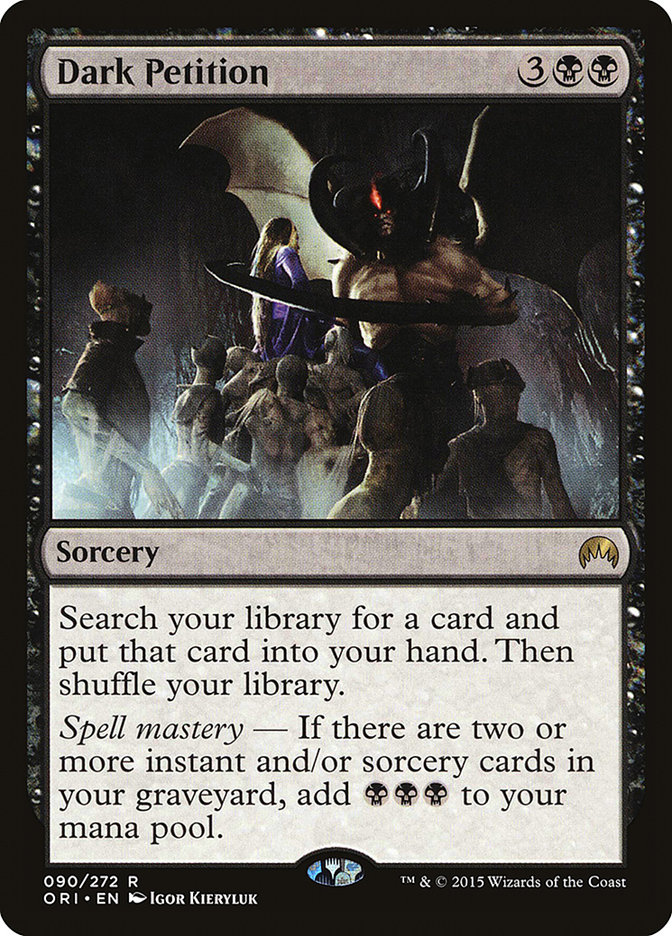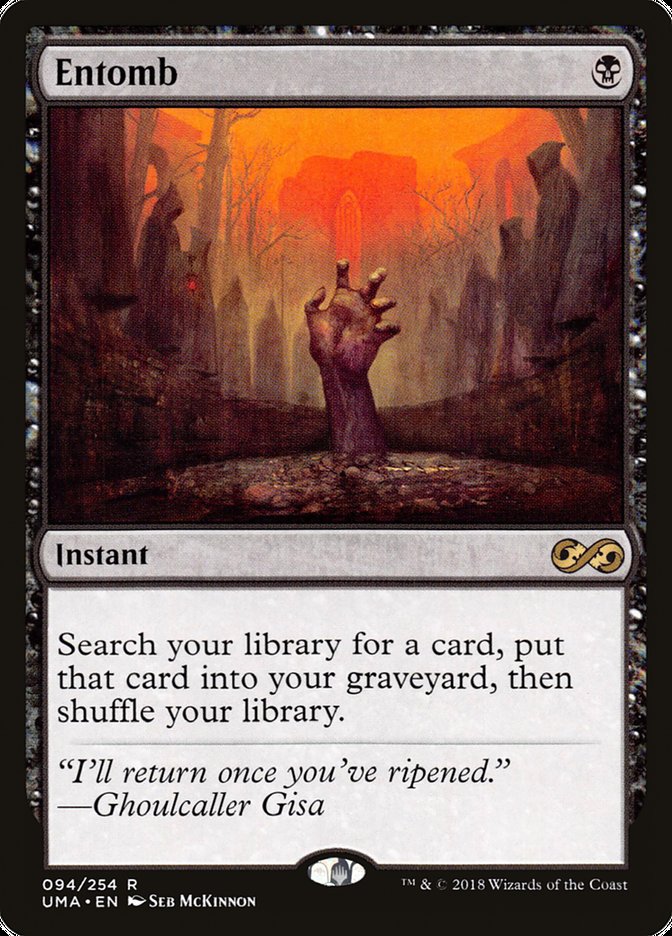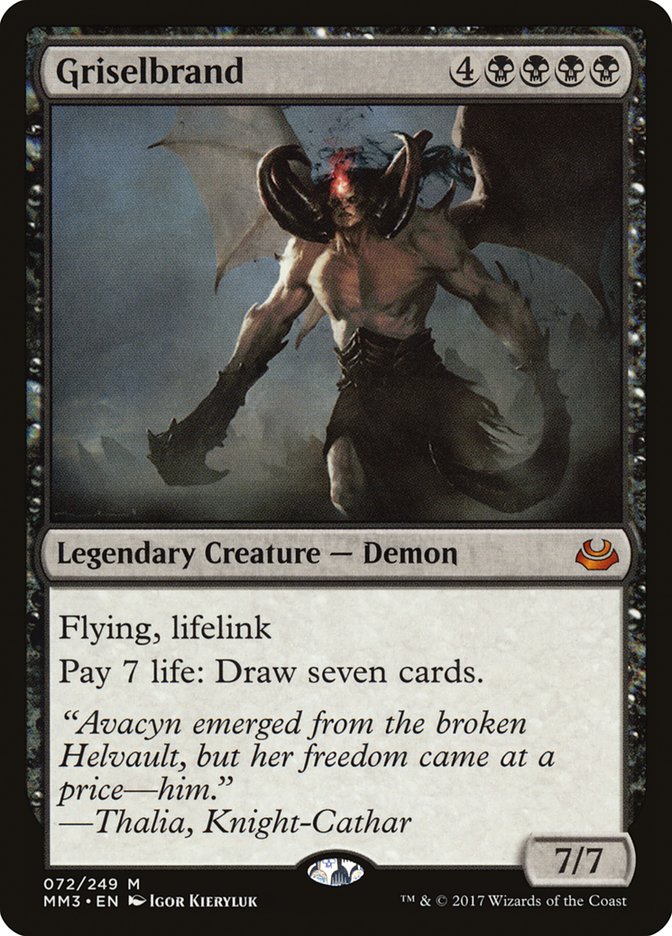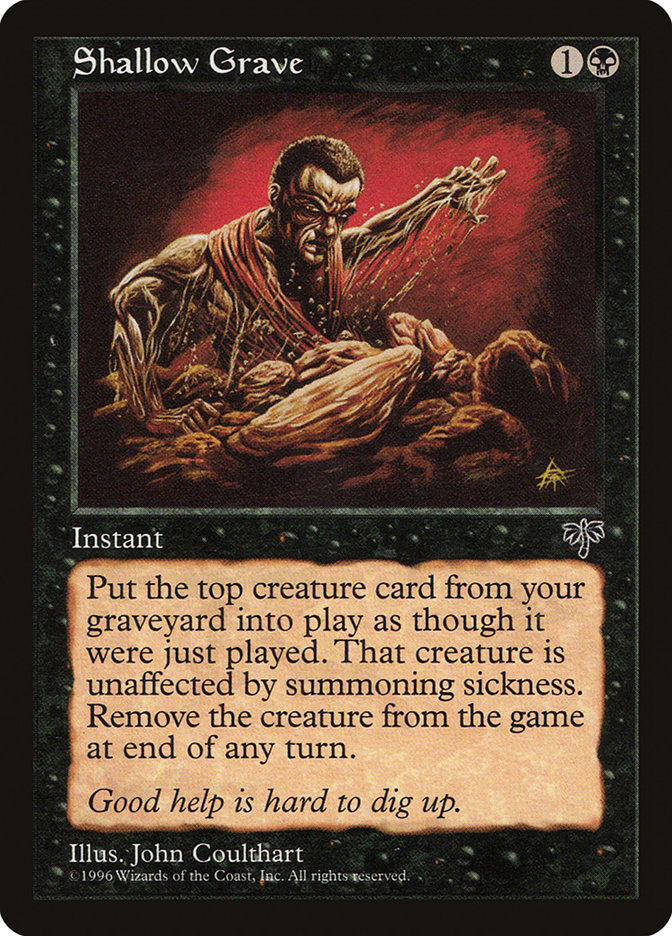Core Set 2020 is just a full-blown system shock. I actually have no idea how it came to exist at this level.
Magic 2010 was a reimagining of the baseline of Magic, but it was just a core set. Magic 2013 was a Draft masterpiece with 300 interlocking puzzle pieces, but they were core set cards. Magic Origins told a five-part story, but with basic cards.
So how does Core Set 2020 keep serving up hits like this?
When I started playing competitive Magic, they let you play with four Vampiric Tutor in Extended. Not doing that when it was public knowledge you could was probably one of the larger mistakes I’ve ever made in Magic deckbuilding.
It’s been almost a decade, but I was still a Storm master at the height of Ad Nauseam Tendrils powers. It’s muscle memory, and when I see a card like Scheming Symmetry, it all comes rushing back like it’s time to play Momir Daily events and Splinter Twin in Modern while watching good Game of Thrones episodes again.
The flavor text, the Seb McKinnon art. It’s just everything I never knew I wanted and never assumed I could get.
Symmetry Is Made to Be Broken
One for you, one for me. What could be fairer?
No matter how you break it, Scheming Symmetry puts you down a card. Whatever you find has to make that up and then some. Back in the “playset of Vampiric Tutor” days, that usually meant finding some broken sideboard card, or finding some key combo kill piece. Everything we actually search for should have this in mind.
If your opponent has a card locked on top of their deck, you can force them to shuffle. Sadly, the obvious forced shuffle effect of Field of Ruin is also symmetric, so you need one-sided effects. There are some optional search effects in the loop, but I’m unsure if turning Ghost Quarter into Strip Mine is worth giving them the first tutor.
It isn’t a bad time to play Surgical Extraction, though. You end up down multiple cards to set up a tutor, but you get some of the effect back.
Anything that mills your opponent for a card breaks the symmetry. Again, this is a spot where people are already playing these cards, so you don’t have to work too hard to maximize Scheming Symmetry. Thought Scour is the generalized approach, and honestly might be a strike against Scheming Symmetry as your opponent can do the same to you, but Codex Shredder is both a “normal Modern Magic card” and in Lantern Control that wants access to cheap tutors.
Locking your opponent out of library searches also works, but I don’t think it’s on the same level as the previous two synergies. We went from talking about zero- and one-mana cards that already see maindeck play to three-mana weirdo sideboard cards.
I’m just glad Leonin Arbiter is double-sided. Otherwise I would have to spend even more time telling people that card is terrible.
If you cast Scheming Symmetry on your opponent’s end step, you get the first crack at your tutor target. Assuming it’s a game breaker, that might just be enough. Again, this is another category of narrow cards, but Teferi, Time Raveler is already something you want if you are going down the combo road.
As we step away from stopping your opponent’s search into “just kill them” territory, we have by far the easiest way to break Scheming Symmetry. Just draw a card and kill them. There are a ton of ways to do this in Modern, and the great news is drawing cards for free is already what half the decks in the format are trying to do.
A word of caution: Scheming Symmetry is shut off if your opponent has hexproof. Despite the weird “choose” wording, you still need two targets.
Standard Schemes
You may have noticed most of my references here were to Modern.
This isn’t due to lacking all the setup exploits in Standard, but really lacking the payoffs. The first thing I mentioned was needing a card to find that was distinctly more valuable than a card, and Standard really isn’t built that way.
Even if you get the sweepiest of sweepers, your opponent should have access to something to hit you from another angle in the matchup. You get Cry of the Carnarium against Azorius Aggro, they have Gideon Blackblade or Experimental Frenzy right back at you. And it won’t get any better in midrange mirrors. That’s just how Standard works.
So there’s not really a utility mode to Scheming Symmetry in Standard, just a “get them dead” mode.
I did go through all the mill exploits, and they are unexciting with one exception that falls into the “get them dead” category. I guess Thief of Sanity is exciting, but if you connect with Thief of Sanity you don’t also need a tutor.
The most obvious auto-win card is Command the Dreadhorde, but the typical lists of Sultai Dreadhorde these days don’t even play the full set of Commands. I don’t think drawing a Scheming Symmetry instead of a second Command the Dreadhorde actually helps anything.
Bolas’s Citadel, on the other hand, benefits a ton from not having extra copies in your deck. It also works very well with Scheming Symmetry once you start going off, giving you immediate access to the card you searched for and negating the card disadvantage.
A quick riff on the deck that Shota Yasooka took to a Mythic Championship III Top 8 last weekend:
Creatures (3)
Planeswalkers (10)
Lands (26)
Spells (21)

I mentioned Teferi, Time Raveler as a way to flash in a Scheming Symmetry, but planeswalkers like Teferi are also good ways to immediately draw cards that you searched up with Scheming Symmetry. Narset, Parter of Veils plays yet another broken enabler role today!
Nexus of Fate is another auto-win card, one you want to have more than four copies of, and there are other setup cards like Wilderness Reclamation that you would love to tutor for. But there’s some wonky timing with when you would draw that card (next draw step) and when you want to be casting your Nexus of Fate (end step prior to that), and the deck already is more about getting engines online than just casting the Nexus of Fate another time, and you get the picture. This is a closer case than Command the Dreadhorde, but I don’t really think this is the rabbit hole you want to go down.
Oh yes, here’s the fun part.
Creatures (28)
- 4 Rona, Disciple of Gix
- 4 Teshar, Ancestor's Apostle
- 4 Diligent Excavator
- 4 Militia Bugler
- 4 Lazav, the Multifarious
- 4 Chamber Sentry
- 4 Fblthp, the Lost
Planeswalkers (3)
Lands (22)
Spells (7)

This is a Matt Nass special, as should be obvious by the lack of formal win conditions, the many-piece combo that gets naturally assembled, and the fact you can backdoor a normal win with these cards.
The kill is Teshar, Ancestor’s Apostle; Diligent Excavator; two Rona, Disciple of Gix; and two free artifacts that die. You only really need to start with the first two on the battlefield. If a Teshar trigger returns Rona, which exiles a Chamber Sentry, you can cast the Chamber Sentry for zero to recur another Rona, which exiles another zero because the first Sentry is on the stack, then the first Rona dies, then you get to cast the now-exiled zero and loop it all back while Diligent Excavator mills them. Since you get most of these pieces from the graveyard, Diligent Excavator as self-mill when you only have the partial combo lets you put it all together way faster than you would think.
But there’s still only four Teshar, Ancestor’s Apostle and four Diligent Excavator, so Scheming Symmetry is the assembly you need. You have the obvious Teferi, Time Raveler interactions I’ve gone over, but you also have Diligent Excavator as the one mill exploit I alluded to earlier to KO their half of the tutor.
Modern
Here’s the real fun stuff.
Scheming Symmetry is a forced search.
Creatures (8)
Lands (21)
Spells (31)

I don’t think I’m pushing this nearly hard enough with just Street Wraith, no Mishra’s Bauble, and no delve. Playing Glimpse the Unthinkable and Mesmeric Orb might just be the mistake. I think we are reaching the point where Mill is becoming less clunky Burn and more some turbo-Archive Trap deck, which actually sounds like a much more successful strategy.
Let’s swing over to a different mill deck. Well, technically mill.
Lands (18)
Spells (42)

Scheming Symmetry is all you want in these Ensnaring Bridge Prison decks. The problem with Whir of Invention is sometimes you draw too many cards that cost three between all your Bridges and Whirs, and the problem with no Whir is that you never draw your Bridges. Scheming Symmetry is more Ensnaring Bridge that just doesn’t cost three and lets you empty your hand against aggro decks.
I’m not sure how, but it would be nice to have a cantrip to immediately access your Scheming Symmetry finds. The reason I’m not sure is that every cantrip with a mana cost you add to your Ensnaring Bridge deck sucks a lot, and Mishra’s Bauble doesn’t give you immediate access. You also may want to hedge a bit more for Shenanigans, but I’m going to wait for people to show me that card exists before I care that much.
Finally, we can try a really hardcore combo deck. I can see Goryo’s Vengeance working out with Scheming Symmetry as another way to assemble whatever the correct half of your combo is, but I just want to keep iterating on a deck I already was hyped about from Modern Horizons.
I already talked about Bolas’s Citadel in a much fairer format, so how can we break it in a way less fair one?
Creatures (4)
Lands (15)
Spells (41)

The numbers are a bit off between immediate cantrip artifacts and fast mana like Pentad Prism, but the pieces are coming together. I doubt the next set will bring Bolas’s Citadel yet another key piece the way these last three have, but you never know.
Older Formats?
I don’t have lists here, just comments and ideas.
People don’t even play Imperial Seal in Vintage, so I’ll pass on the effect there. Even if that’s the only spot I can play Gitaxian Probe with my Scheming Symmetry.
But Vampiric Tutor is banned in Legacy. A similar effect is certainly worth a look.
In Storm, I’m not a fan. If you build an immediate tutor with a cantrip, you are paying the same two mana as Infernal Tutor or Dark Petition with spell mastery. Then when you loop back through with Past in Flames it costs you another blue mana to set up, which is often a constraint. The only upside is that it costs one with Ad Nauseam while Dark Petition costs five, but that’s a really marginal issue.
So is this card going to do things that Entomb isn’t already covering with redundant reanimation spells? I’m unsure, but it’s promising for Tin Fins, where you have very specific reanimation targets.
I wouldn’t be shocked if I’m missing something because Scheming Symmetry is just so easy to make work. Yeah, there’s all the other nonsense, but at its core you just want to draw a card and then kill them immediately, and there’s really nothing else a topdeck tutor wants you to do.


